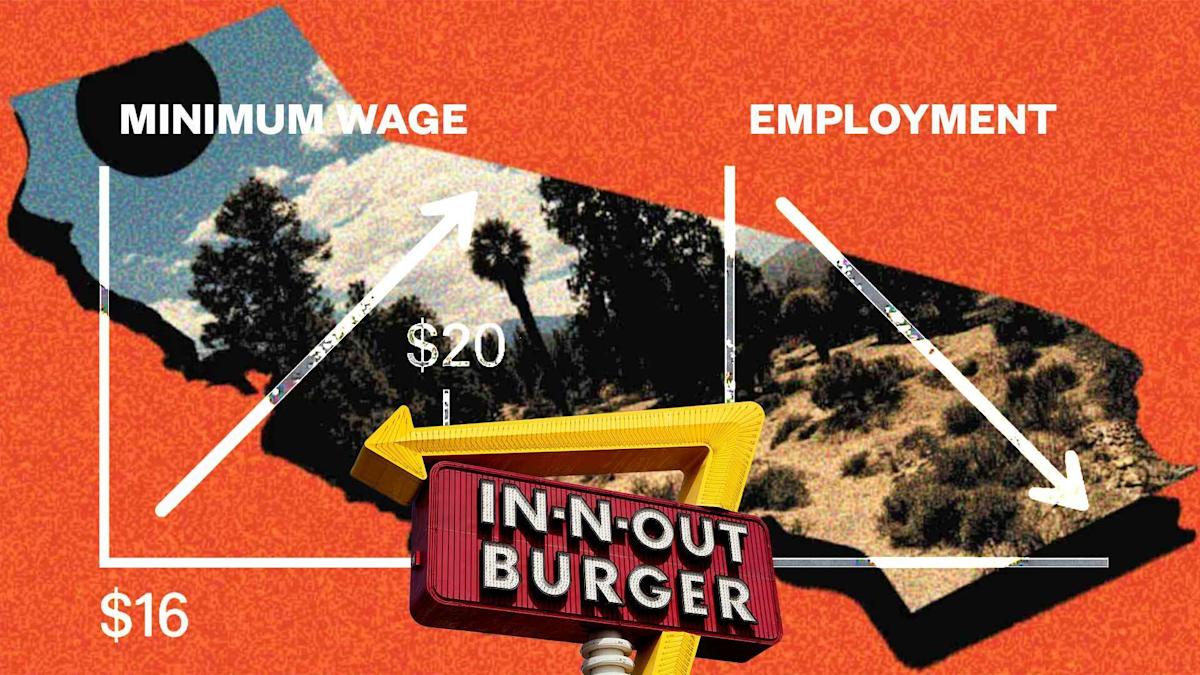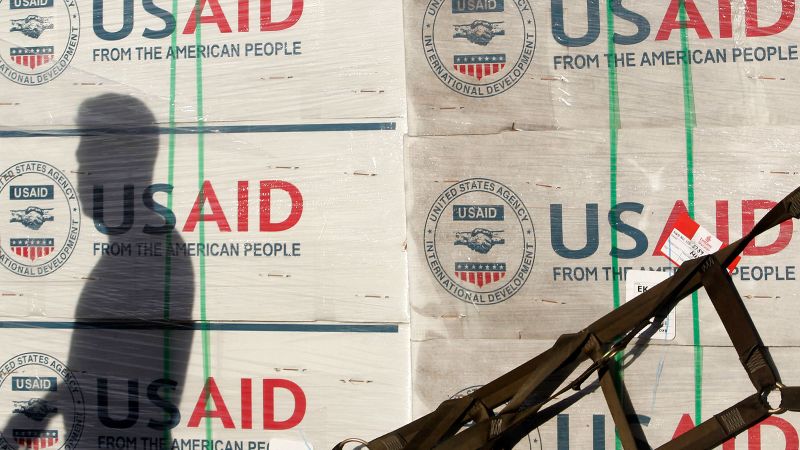Summary
Metro Nashville is taking steps to improve access to affordable, fresh, and healthy foods in more neighborhoods. More than 40,000 low-income Davidson County residents live in food deserts.
Source: NewsChannel 5 Nashville

AI News Q&A (Free Content)
Q1: What are food deserts, and how do they impact health in urban areas?
A1: Food deserts are regions with limited access to affordable and nutritious food, often found in low-income areas. They contribute to poor diet quality, which is linked to higher rates of obesity, diabetes, and cardiovascular diseases. In urban areas, the lack of fresh food options forces residents to rely on calorie-dense, nutrient-poor foods, increasing health risks.
Q2: How many people in the United States are affected by food deserts, according to recent reports?
A2: As of 2017, the United States Department of Agriculture reported that approximately 39.5 million people, or about 12.8% of the population, live in low-income and low-access areas, commonly referred to as food deserts.
Q3: What are some structural barriers contributing to food deserts, and what solutions are being proposed?
A3: Structural barriers include food accessibility, affordability, transportation struggles, and socio-economic constraints. Proposed solutions involve policy interventions to increase grocery stores, enhance food affordability, and provide nutrition education to address these barriers effectively.
Q4: What are the health implications for diabetic patients living in food deserts, as discussed in recent scholarly articles?
A4: Recent studies indicate that diabetic patients in food deserts face a higher risk of severe complications, such as lower extremity amputations. Structural and social determinants, including limited access to care and racial disparities, exacerbate these risks. Emerging strategies like telemedicine and community programs aim to improve access and reduce complications.
Q5: How does living in a food desert affect surgical outcomes for orthopaedic trauma patients?
A5: Living in a food desert has been linked to poor surgical outcomes in orthopaedic trauma patients. The lack of access to nutritious food can impair recovery and exacerbate post-surgical complications, highlighting the need for comprehensive healthcare strategies in these communities.
Q6: What role do 'food swamps' play in contributing to obesity-related health conditions?
A6: Food swamps, areas with a high concentration of fast-food outlets compared to supermarkets, contribute significantly to obesity-related health issues. They influence dietary behaviors by offering abundant unhealthy food options, exacerbating long-term health risks more than food deserts alone.
Q7: What initiatives is Metro Nashville taking to address the issue of food deserts in its community?
A7: Metro Nashville is actively seeking community input to improve access to affordable, fresh, and healthy foods in neighborhoods affected by food deserts. The city's initiatives aim to address food insecurity and enhance the availability of nutritious food options for its residents.
References:
- Wikipedia: Food desert
- Social and Structural Determinants of Lower Extremity Amputations in Diabetes.
- Impact of Living in a Food Desert on Complications After Fracture Surgery.




